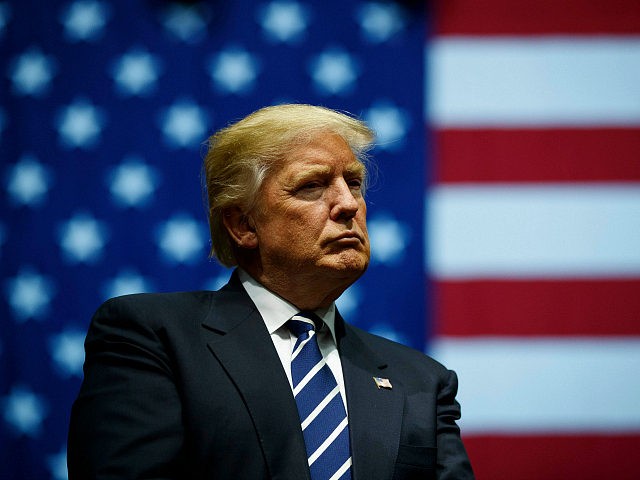New claims for unemployment benefits declined by 249,000 to 1.186 million last week, data from the Department of Labor showed Thursday.
This is the 20th consecutive week of initial claims above 1 million but it was much better than expected. Economists had forecast 1.442 new claims, a slight increase from the previous week. The prior week was revised up by 1,000 to 1.435 million.
Claims hit a record 6.87 million for the week of March 27. Until two weeks ago, each subsequent week has seen claims decline. In last week’s report, based on the previous week’s labor market, claims actually rose. That was seen as a signal that the labor market could be stalling as infection rates surged higher in many parts of the country.
The unexpected decline appears to indicate a subsequent strengthening at the end of July, despite many businesses and states rolling back or delaying reopening plans. Reports in August, including Friday’s much-anticipated jobs report for July, will paint a clearer picture of the health of the labor market.
A Distorted Picture of the Labor Market
Jobless claims can create a distorted picture of the labor market because they measure only job losses and not gains. Despite over one million new claims, continuing claims during the week ending July 18 fell to 16,107,000, a decrease of 844,000 from the previous week’s revised level. The previous week’s figures were revised down by 67,000 from 17,018,000 to 16,951,000. These figures are reported with a week’s lag.
The insured unemployment rate was 11.0 percent for the week ending July 25, a decline of 0.6 percentage points from the previous week’s unrevised rate. This is calculated on a different basis than the unemployment rate that will be reported in tomorrow’s employment report. That rate includes all those looking for work rather than just those collecting unemployment insurance.
Unemployment Benefits Create Disincentives to Work, Paycheck Loans Discourage Layoffs
The federal government had been chipping in an extra $600 a week to state unemployment benefits, making the program much more generous than is typical. That federal enhancement expired at the end of July. Lawmakers are currently negotiating whether to restore some level of enhancement, with some Republicans arguing that the additional amount should be cut to eliminate a disincentive to work that could be keeping unemployment levels artificially high.
While the $600 enhancement was being paid, many workers could earn more on unemployment than they did when they had a job. An analysis done by Isabel Soto of the American Action Forum found that the maximum unemployment benefit amount is greater than median wage in all states except the District of Columbia. That may be discouraging some workers from seeking work and leaving the unemployment rolls.
“Using 2019 wage and unemployment data, an upper–bound estimate of 92.8 million workers (or 63 percent of the workforce) typically make below the maximum weekly unemployment benefits under the CARES Act,” Soto wrote.
President Trump has said he favors keeping at least some of the enhancement in place. Many Democrats want to restore the enhancement at the $600 level.
The federal government has also been discouraging layoffs at small businesses by offering Paycheck Protection loans that can be forgiven if employers avoid layoffs. But the period covered by those loans has mostly run out and businesses are not permitted to apply for a second round of funding. With many businesses operating at diminished capacity and much lower sales, it is likely that they will begin to layoff workers in the weeks ahead unless the program is expanded.
Enlarging the Safety Net for Workers
In addition to claims for regular unemployment benefits, the government now offers two new forms of unemployment benefits to business owners, self-employed, gig-workers, and independent contractors who would not ordinarily qualify for unemployment benefits.
During the week ending Jul 18, 48 states reported 12,956,4780 individuals claiming these Pandemic Unemployment Assistance benefits and 45 states reported 1,144,429 individuals claiming Pandemic Emergency Unemployment Compensation benefits.
The total number of people claiming benefits in all programs for the week ending July 18 was 32,118,678, an increase of 1,302,816 from the previous week. There were 1,707,267 persons claiming benefits in all programs in the comparable week in 2019.
Where the Job Losses Hit Hardest
The highest rates of insured unemployment in the week ending July 18 were in Nevada (24.9), Puerto Rico (23.5), Hawaii (21.0), California (18.1), Louisiana (17.2), New York (16.3), Connecticut (15.2), Georgia (14.5), Massachusetts (14.3), and Michigan (13.8).
The biggest increases in initial claims for the week ending July 25 were in Virginia (+5,020), Nevada (+2,842), Missouri (+2,606), Indiana (+2,218), and New Jersey (+2,141). California saw the largest decline (-44,941), followed by Georgia (-37,329), Florida (-17,514), Louisiana (-13,568), and Texas (-11,104).

COMMENTS
Please let us know if you're having issues with commenting.